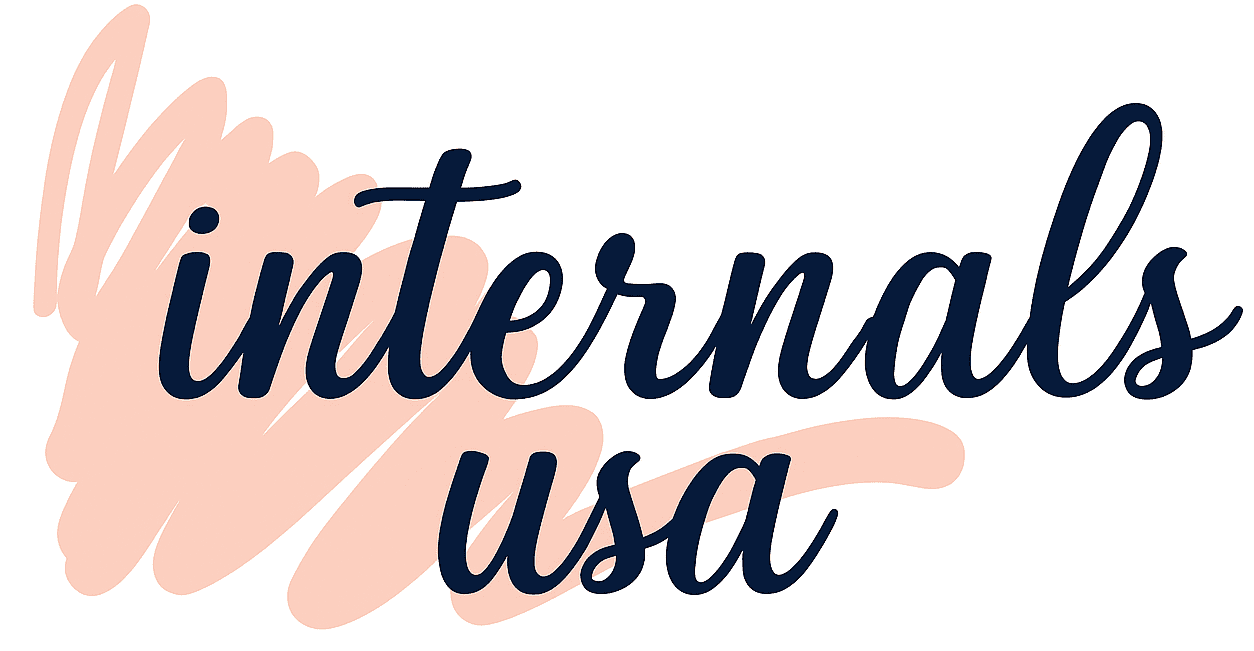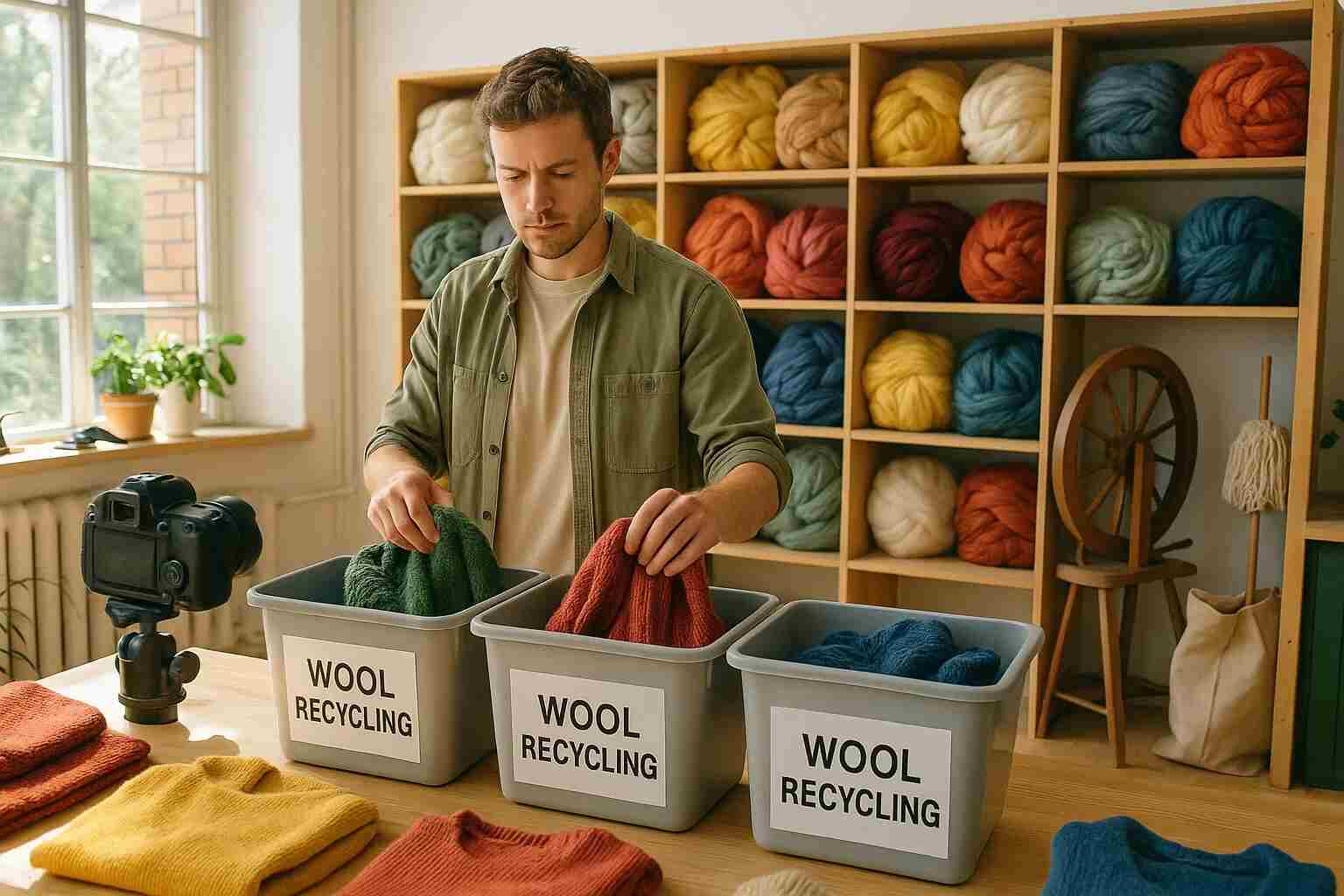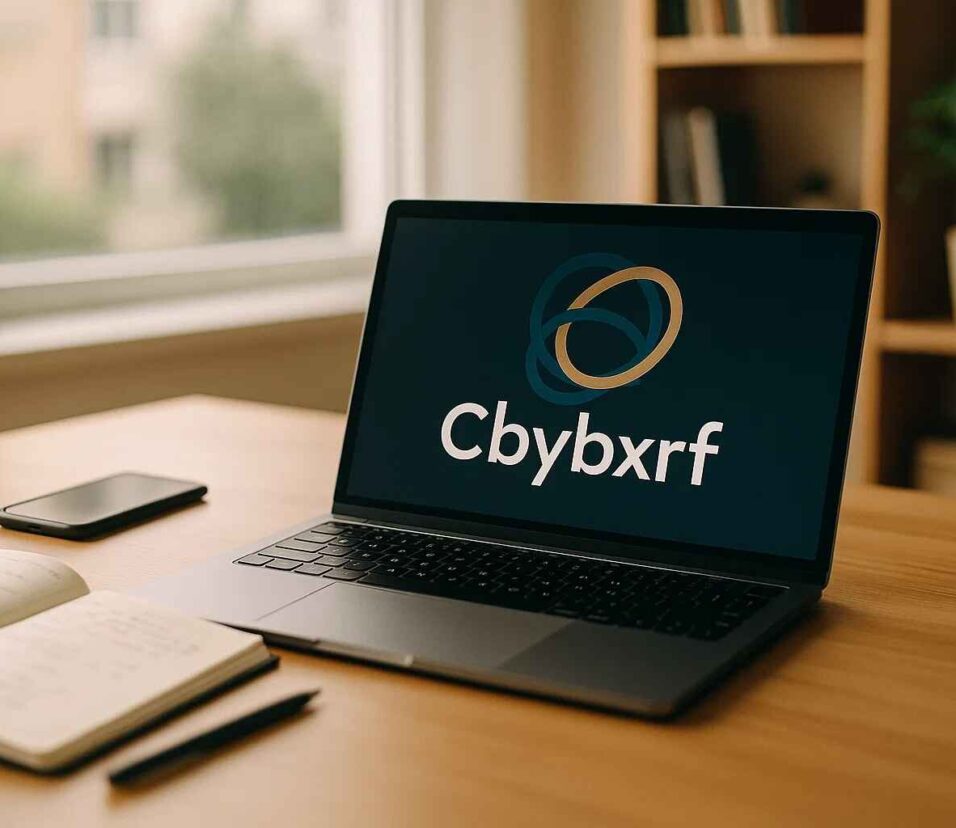Woolrec: Transforming Textile Recycling for a Sustainable Future
Due to increased awareness of environmental footprint by the consumers, sustainable solutions to the textile industry have increased drastically. Wool recycling is at the forefront of this movement, and Woolrec is leading the charge with its innovative approach to giving old wool new life.
This guide explores the world of Woolrec, a game-changer in sustainable fashion. We will reveal the advantages of the wool recycling, show the process step by step and present tips useful to eco-friendly customers like you. Get to know how this effort is knitting a green future of our planet.
What is Woolrec?
Woolrec is a pioneering initiative dedicated to the sustainable recycling of wool. It works towards a goal to repurpose used wool products into reusable high quality fibers to actually loop the textile production cycle. This transformation changes the way we perceive the concept of waste as old sweaters, blankets, and textiles are transformed into resources.
The core of Woolrec’s approach is to minimize the environmental impact of the wool industry. It uses recycling of worn-out wool and thereby lowers the quantity of textile wastes that are dumped on the landfills. This saves land area as well as reduces the amount of pollution and greenhouse gasses.
More than just a recycling program, Woolrec represents a shift towards a circular economy. It helps consumers and manufacturers to have different thoughts regarding the lifecycle of their products. Through its innovative technology and partnerships, Woolrec is making sustainable wool accessible and practical for everyone.
This attention toward regeneration saves the natural resources. By creating new products from existing materials, Woolrec lessens the demand for virgin wool, which in turn reduces the land and water required for sheep farming. It is an all round remedy to a more responsible and sustainable textile industry.
Wool Production as an Environmental Issue
Although traditional production of wool has resulted in a natural and multi-purpose fiber, it has a considerable environmental impact. It starts with the sheep farming, which is land and resource-consuming. A big flock needs a great amount of grazing lands that may cause the soil to be degraded and eroded unless handled effectively.
The second important issue is water consumption. Fresh water is required in large quantities to feed sheep and take care of their sheep grazes. This exerts a significant burden on the local water resources and ecosystems in areas that already experience water shortage, which makes traditional wool production less environmentally friendly in the long term perspective.
Moreover, application of pesticides and manure in traditional grazing methods may pollute the surrounding water bodies and damage the wildlife in the area. These chemicals are meant to control pests and enhance growth of pastures, however, their runoff can sometimes be permanent negative effects to the environment and biodiversity.
In contrast, the Woolrec model offers a more sustainable path forward. Recycling old wool would avoid the most energy-intensive processes in the production process. This method saves a lot of water, land degradation, and pollution giving this method a definite environmental value compared to making new wool out of nothing.
Benefits of Wool Recycling
Recycling wool through programs like Woolrec offers a wide range of environmental and economic benefits. Among the biggest benefits, one can distinguish the drastic decrease in the textile waste. Each year, millions of tons of garments are thrown in landfills, and recycling wool removes the precious materials out of garbage.
The other important advantage is resource conservation. It takes massive amounts of water, energy and land to produce more wool. Woolrec’s recycling process uses far fewer resources, helping to preserve our planet’s natural capital. It lessens the demand of virgin wool which makes a burden on agriculture less.
Wool recycled is also of high quality. The recycling process does not lose its natural resistance and insulation ability of wool fibers. This implies that recycled wool products like warm sweaters, strong rugs and warm blankets can perform just as well as products that are produced using new materials.
Lastly, it is beneficial to adopt the use of wool recycling to drive a circular economy. It promotes a culture in the reuse and re-purposing of materials instead of disposal. Such a change encourages sustainable business and allows consumers to make their own decisions, which are based on their values and inspire a more responsible attitude to fashion and consumption.
How Woolrec Works?
The Woolrec process is a carefully designed system that transforms old wool into new, high-quality fibers. This gradual process makes it efficient and sustainable at each level and both consumers and businesses can easily be part of the circular economy.
The trip starts with gathering of the undesired wool products. Woolrec partners with local collection events, textile banks, and retailers to gather post-consumer garments and industrial textile waste. This network renders it easy to donate old wool items among the people.
The items are then gathered and then subjected to a strict sorting exercise. Each garment is inspected by a special team as regards to quality, color, and fiber content. Such a careful sorting is essential in order to make sure that the recycled fibers are of high quality and can be used to produce new items.
The next step involves the sorting and then the total cleaning of the wool without using any harsh chemicals. The wool is then mechanically processed to give clean wool. The cloth is cut down into small pieces using specialized machines that ensure that the cloth is divided back into its individual fibers maintaining all their natural strength and integrity.
These regenerated fibers then are processed into new materials which are the last steps.
- Carding: The fibers are given a brush and set in an arrangement so that they can be spun.
- Spinning: The aligned fibers are spinned to form new yarn which is on the way to being woven or knitted.
- New Products: This yarn is then sent to make products of various kinds (fashion, home furnishing, etc.) giving the wool a second life.
Innovative ideas on how to recycle old wool products
Beyond participating in large-scale recycling programs like Woolrec, you can give your old wool items a new purpose right at home with a bit of creativity. These DIY projects save on waste and give your environment an individual touch.
Turn a battered and worn wool sweater into some warm mittens or a fashionable winter hat. The slubbed quality of the dried wool is ideal in the production of warm accessories, which are practical and exceptional. Online there are simple patterns that can be used to guide you through the process.
Design exclusive household decorations. Take the colorful wool sweaters or blankets, cut them in squares and embroider them using needles to create a pillowcase made of decorative material or a small, cute rug. These customized works bring the warmth and personality to any room, and they demonstrate that you are serious about the idea of sustainability.
And at least forget not about your garden. Wool is natural mulch, which is biodegradable. Take used wool clothing and cut them into stripes and put them around your plants. The wool will also keep moisture of the soil, thwart weeds and gradually add nutrients into the soil as it decomposes.
You can also make smaller things such as coasters, coffee sleeves or pet soft toys out of the leftover scraps of wool. Such basic but useful projects are a wonderful method of utilizing all of the leftover parts of your old wool textiles, so there is nothing left to waste.
The Future of Sustainable Fashion with Woolrec
Woolrec is not just a recycling initiative; it is actively shaping the future of sustainable fashion. As consumers increasingly demand eco-friendly and ethical products, brands are turning to solutions like Woolrec to meet these expectations and reduce their environmental impact.
Teamwork is a major component of this trend. Woolrec works closely with forward-thinking designers and manufacturers to integrate recycled wool into their collections. These alliances are developing new products that are sustainable and stylish and it proves that fashion can be responsible without compromising on looks.
Education is also an important factor. By raising awareness about the benefits of wool recycling, Woolrec empowers consumers to make more informed choices. This enhanced awareness leads to the need to consume sustainable products and is therefore the reason why more brands are going to become environmentally conscious in their supply chains.
The fashion industry is experiencing a major shift, whereby more attention is given to the nature of circularity and longevity. Initiatives like Woolrec are at the forefront of this change, leading the way toward a future where style and sustainability coexist harmoniously. The values can be expressed through our closets.
FAQs
How does Woolrec ensure the quality of recycled wool?
Woolrec uses a detailed sorting and grading process to separate wool by color and quality. High-level mechanical processing retains the length and strength of the fibers to ensure that the final product is up to high performance standards just like the virgin wool.
What types of products are made from Woolrec fibers?
Recycled wool from Woolrec is incredibly versatile. It has been employed in producing a broad variety of products such as clothing such as sweaters and coats, home based fabrics such as blankets and carpets, and even insulation products used in the construction industry.
Can all wool products be recycled through Woolrec?
The major products such as wool can be recycled, as well as its blends which include 100 percent wool and wool blends. Some of the items that are highly contaminated with oils or other substances might not be appropriate, however. Local collection rules are always a good idea.
How can I get involved with the Woolrec movement?
One can begin by offering your used wool at specially organized collection points. Another effective action which helps to join the movement is the support of brands that use recycled wool and propagate the news about the significance of textile recycling.
Are there harsh chemicals that are used in the recycling process?
No, Woolrec prioritizes environmentally friendly methods. The cleaning operation involves mild and biodegradable detergents and the mechanical degradation of the fibers eliminates the necessity of subjecting the fibers to harsh chemical treatment, and it is safe and sustainable.
Why is recycled wool superior to synthetic ones?
Recycled wool is a natural biodegradable fiber, which is a good insulator and breathable. It also releases no microplastics when washed off in the washing machine, unlike synthetic materials such as polyester, which makes it a much more healthy option in our oceans and planet.
Conclusion
The shift towards sustainability is one of the most important movements of our time, and Woolrec stands as a powerful example of positive change within the textile industry. We can all make our planet healthier by recycling wool, which will help to reduce waste, save valuable natural resources, and the willingness to use them.
Woolrec does more than just recycle; it reimagines the lifecycle of a product, transforming what was once considered waste into something beautiful and useful. It gives us, as consumers, the ability to make choices that are meaningful and long term in nature. Backing this initiative will contribute to the formation of the circular economy where responsibility and style will be combined.
All the choices concerning recycled and new are useful. You can be included in this solution. We want you to find out products that are produced with recycled wool, give away your old clothes and spread this story among others. Let’s join the Woolrec movement and work together to weave a more sustainable future.
Explore Stunning imagesize:2160×3840 Game of Thrones -tiktok -facebook -instagram Visuals








Leave feedback about this